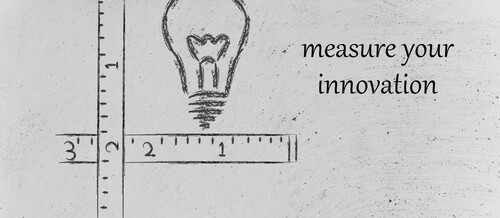
Spending Below the Line
If you’re here, chances are you are a client of Blue Elevator™, so we’ll jump right in and tackle this technical advisory head on.
Foreward Information
Relative to this article, you may find these other articles with technical advisory helpful:
Recap of the Mini P & L
A recap of a mini or simplified Profit & Loss (P & L) is as follows:
Revenue
Less: Selling costs
Net sales
Less: Cost of sales
Gross margin or contribution margin
Less: Selling, General, & Administrative (S G & A) costs
Net cash flow, Profit or Loss, or (EBITDA)
You may recall from the article Accounting – Mini P & L, that the financial activity that occurs from the Gross Margin line and above, Blue Elevator™ terms Above the Line (ATL).
It stands to reason, that what follows (e.g., in S G & A) are considered Below the Line (BTL). This is the focus of this article.
Spending Below The Line
Typically, when it comes to spending Below the Line, we are referring to Selling, General, and Administrative (S G & A) costs. When it comes to spending below the line, we’ll give you three things to consider:
- Place selling costs ATL. You may recall us giving you this big, little secret in the article Accounting – Mini P & L. So, in essence, we redefined the S G & A to be just G & A.
- The ideal metric for G & A. Again, referring back to the above-referenced article, we provided some basic metrics for various financial lines. For selling, 20%. For overall Gross Margin, at least 50% (the higher the better). And, for G & A, the ideal metric is? Zero, $0.00, nothing, etc. That’s right. Is it possible? Probably not. But, don’t over-complicate it. In business, you want to make as much revenue as possible. And your expenses? As little as possible.
- Utilize the Blue Elevator™ Spending Below the Line metric. If you decide that your business needs to spend money Below the Line, then use this simple, but powerful, metric:
Spending divided by Gross Margin %
In your business, you will want to grow and scale and have your profits drop to the literal and proverbial “bottom line.” Every dollar you spend Below the Line strips money off of the bottom line. In other words, every dollar spent in G & A reduces your Net Cash Flow.
Spending Below the Line
Be encouraged to utilize these additional three steps to help prevent unnecessary spending. These are the questions Blue Elevator™ advises its clients to ask when considering Below the Line spending:
- Is it absolutely necessary for me to spend this money? In other words, will it increase my profits? Will it help me scale the business? Many an expense can simply be avoided. All too often, business owners incur expenses just because it is what they think they are supposed to. If the business is scaling, maybe it’s time to move the business out of the garage and into a $5,000 per month lease (when in reality, you could double the size of the business and still work out of the garage).
- What is my break-even incremental revenue to cover this expense? As per the formula above, let’s assume you are planning to add a “helper” to your business that will cost you $800 per month. And let’s say your actual Gross Margin is 50%. Then, using the formula, $800 div. by 50% equates to $1,600 per month. This means that you will have to grow sales or revenue by $1,600 to cover the expense.
- Think in terms of Return on Investment (ROI). Let’s say the expense is necessary. And, let’s say you can at least cover the expense using the formula above. Then, be encouraged to think in terms of ROI. Example: If you have totally maxed out your capacity to deliver your goods and/or services and adding a “helper” will help you book more sales, what will be your ROI? If you think that your “helper” will enable you to gross an extra $4,000 per month, then your ROI is as follows: $4,000 x 50% margin = $2,000 div. by $800 = 2.5X. Not bad.
Summary
When it comes to spending below the line, Blue Elevator™ recommends that business owners make it as little as possible. If spending below the line is necessary, consider a disciplined approach of utilizing the Blue Elevator™ Spending Below the Line metric (e.g., Spending div. by GM %). Also, be encouraged to think in terms of ROI, as well.
Need help in your business? We’d love to come alongside. Contact us!
OCT

About the Author:
Ken Moll is the Principal and Founder of Blue Elevator®. With professional experience spanning four decades, Ken has a breadth of foundational business knowledge rarely found – making him part of an elite class of professionals. Ken's passion is helping clients of Blue Elevator® get their “business to the next level™.”